Imagine a chandelier made of bicycle chains, hanging over a mid-century teak dining table. Or a statue of a horse from the Ming Dynasty next to a lounge chair by Bruno Mathsson. A hideous clash, or eclectic harmony? For interior designer Kristen Becker and other home decor specialists, it’s the latter.
These are just some of the pieces she helped select or put together at a house she designed in California’s Hollywood Hills. For Becker, such an approach makes sense because she believes that the furniture and objects that we choose to surround ourselves with tell a story. “We collect and inherit things throughout our lives, each object serving as a touchpoint to the past, a cherished memory, or simply a spirit of appreciation for something that is well crafted,” she says. Or as London-based interior designer Jane Churchill puts it: “Most people come like tortoises with something on their backs.”
As co-founder of Seattle-based architecture and interiors firm Mutuus, Becker feels that “our role is to help narrate the story of our clients’ lives through the careful curation of furnishings, objects, and art.”
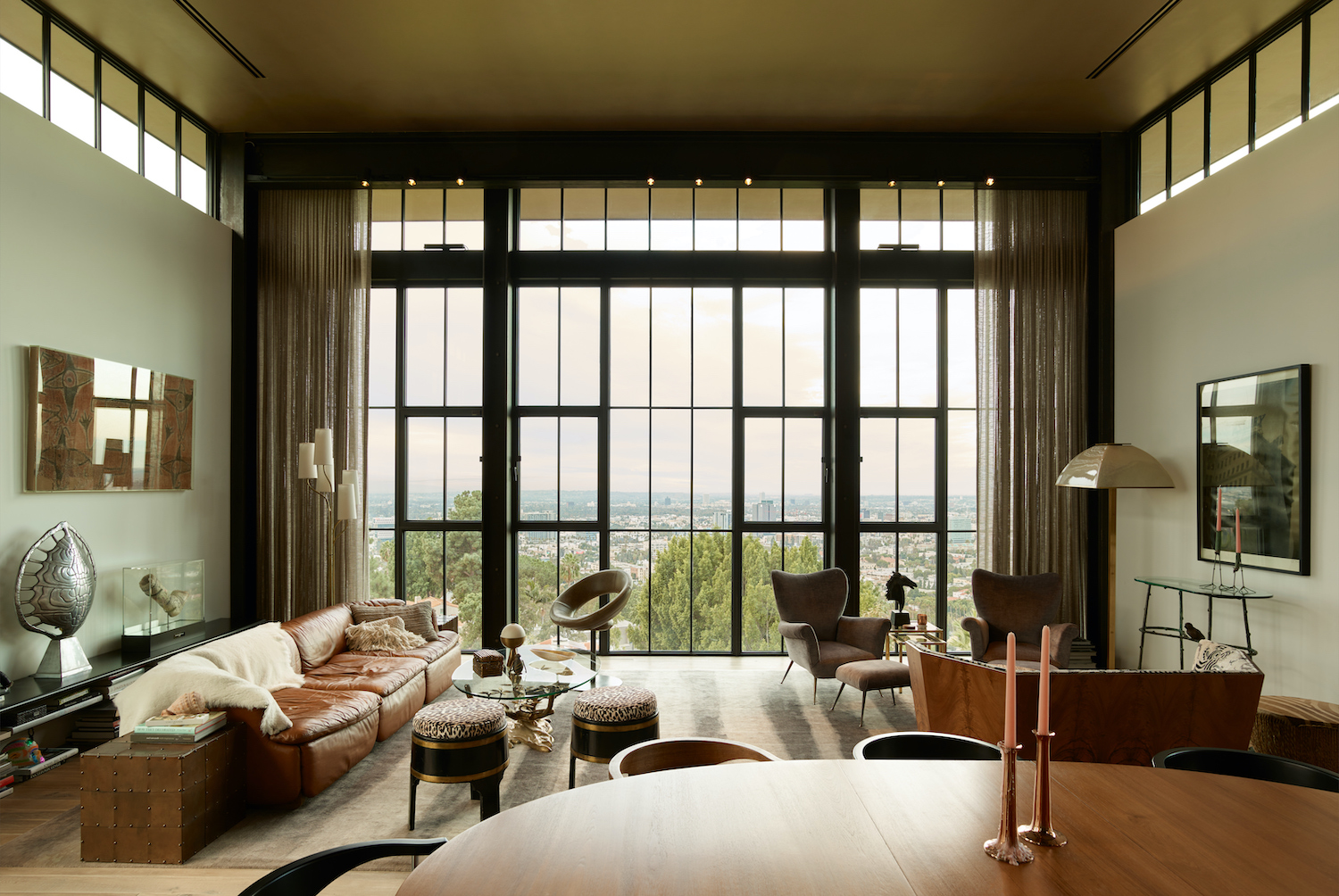
This idea of narration is echoed by other interior designers, including London-based Tollgard Design Group: “We combine different eras of furnishing when this helps us tell our client’s story,” says co-founder Monique Tollgård.
She has pulled this off in a home (pictured below) in London’s Belgravia for an Indian client who runs an art gallery in Nigeria. Inside, contemporary artworks rub shoulders with antique pieces including 1950s armchairs, light fittings from the 1920s and some 1970s sculptures. According to Tollgård, “the story that emerges from this mix is extremely sophisticated, underpinning the client’s reputation as a tastemaker and curator of design.”
But the trick of combining is beset with pitfalls. “It’s an art to get right,” says Churchill, “you’re looking to avoid pieces screaming at you that they shouldn’t be here.” In her experience, “non-professionals get things that are too small – they’re not brave enough. But proportion is key. It’s always better to err on the larger side and definably no ditsy furniture! It’s about pulling it together with the right decor and the right lighting, in particular.”
For Tollgård, it’s about editing. Which piece do you want to sit in the foreground, and which do you want to blend into the background? “We tend to avoid there being too many heroes, and too many conflicting voices.” Instead, she suggests that people invest in some stand-out pieces and then “judiciously place them among a design scape that allows them to sing”.
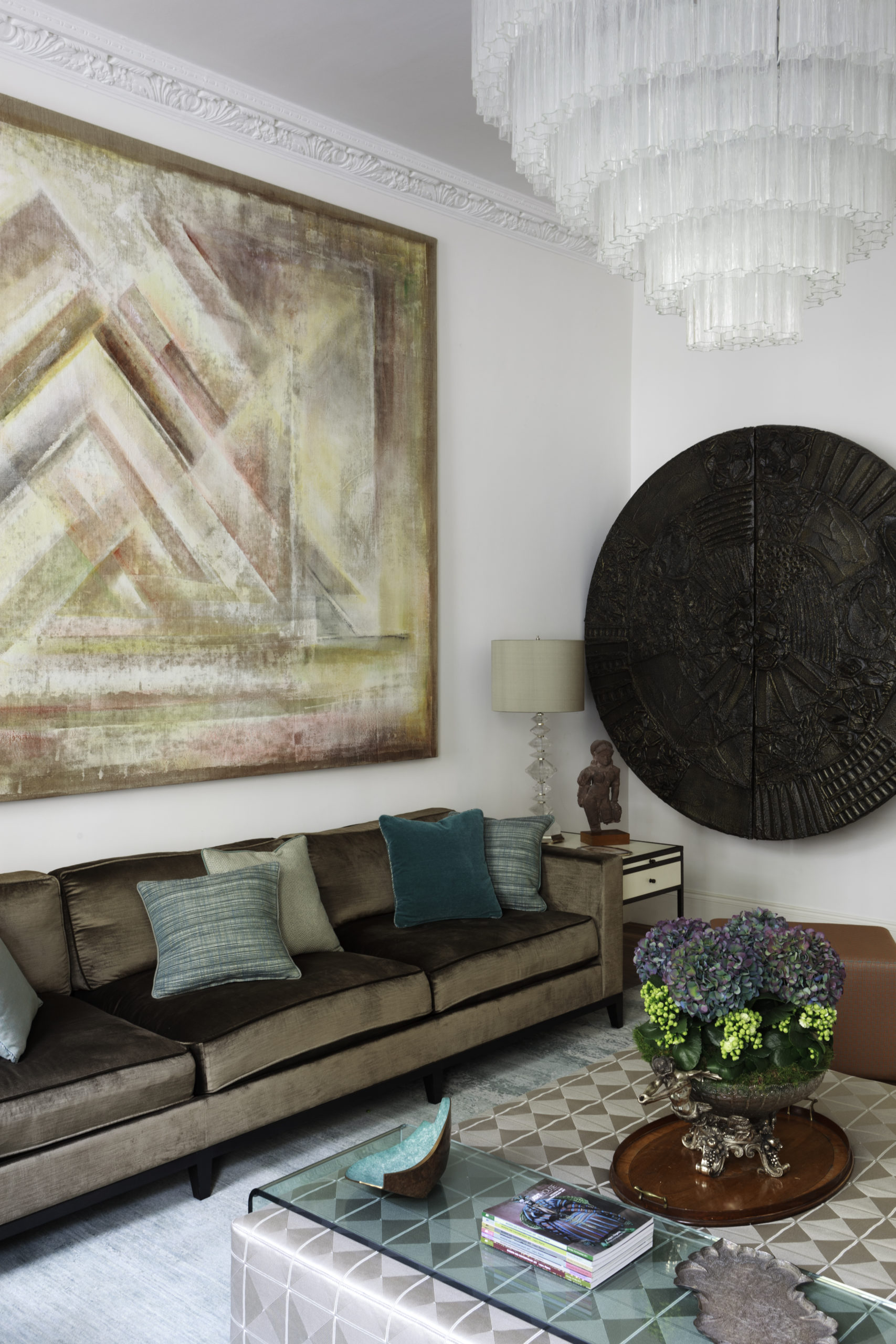
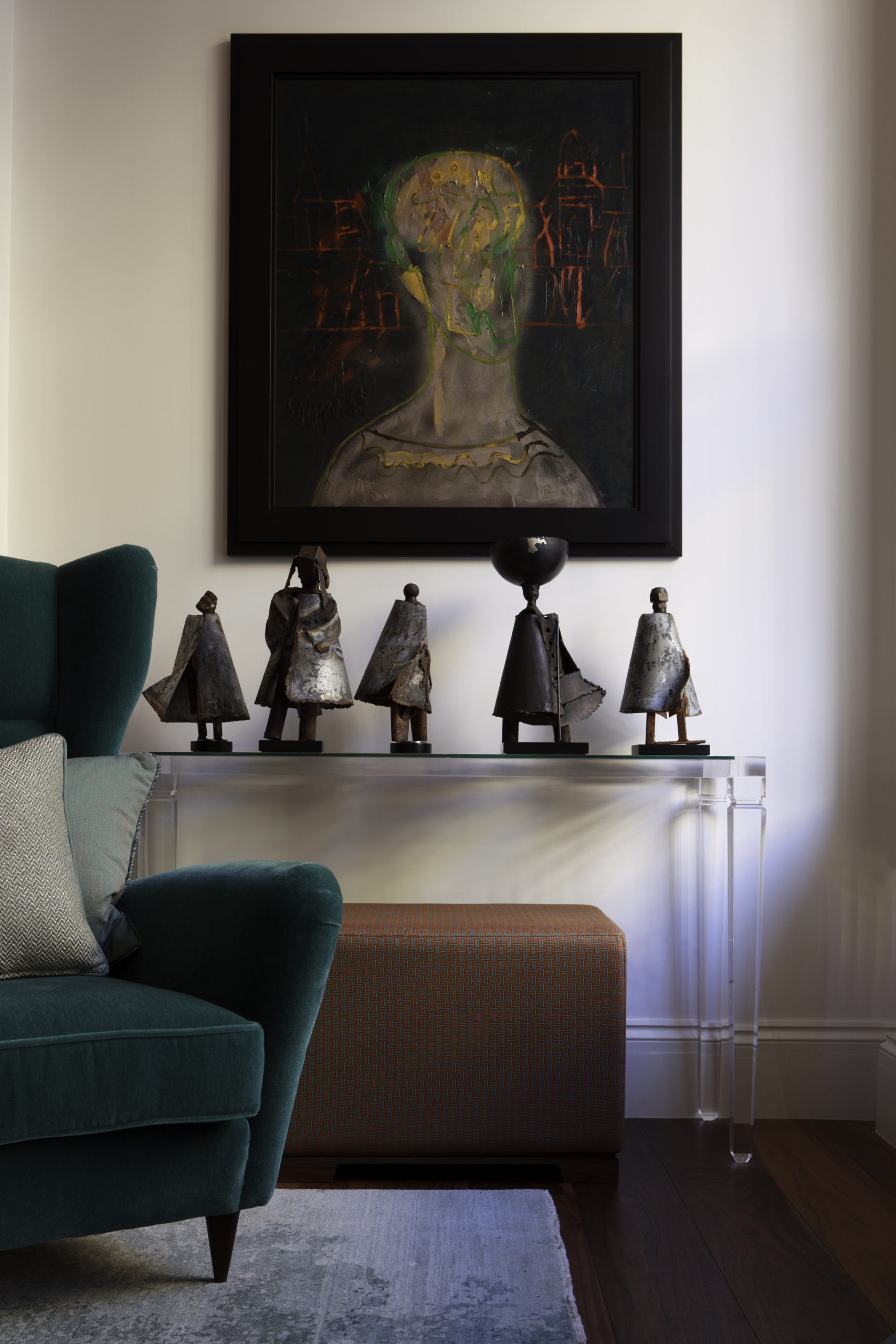
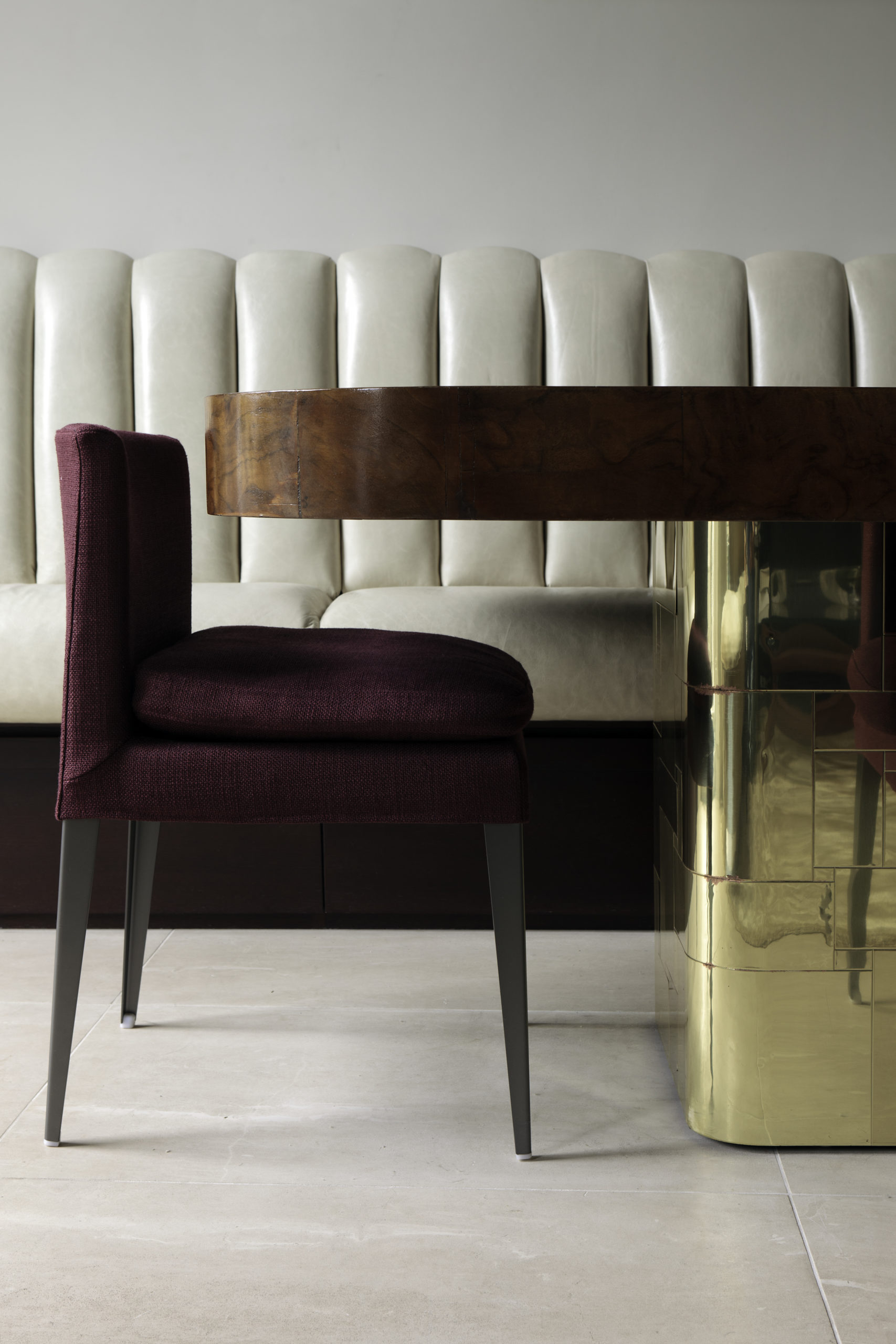
James Owen Webster, of Alexander Owen Architecture in London, agrees: “Choosing a lead protagonist and then showing a little restraint with the support acts is a definite short cut to success.”
In Tollgård’s Notting Hill project, a 1970s Paul Evans dining table was the hero, with supporting roles going to the B&B Italia dining chairs and a banquette tailored in cream leather (pictured above), which “sits back against the architecture”.
Creating a hierarchy starts with a conversation with the homeowner. “We always begin by talking about our client’s most cherished items. We then add layers to complement those stories,” says Becker. “Cohesiveness is achieved through collaboration. I think the more involved our clients are in the process, the more unified the outcome.” So, in the Hollywood Hills house (pictured below), Connect, the bike chain chandelier by contemporary Mexican-Brazilian artist Carolina Fontoura Alzaga, hangs over Finn Juhl’s mid-century teak dining table.
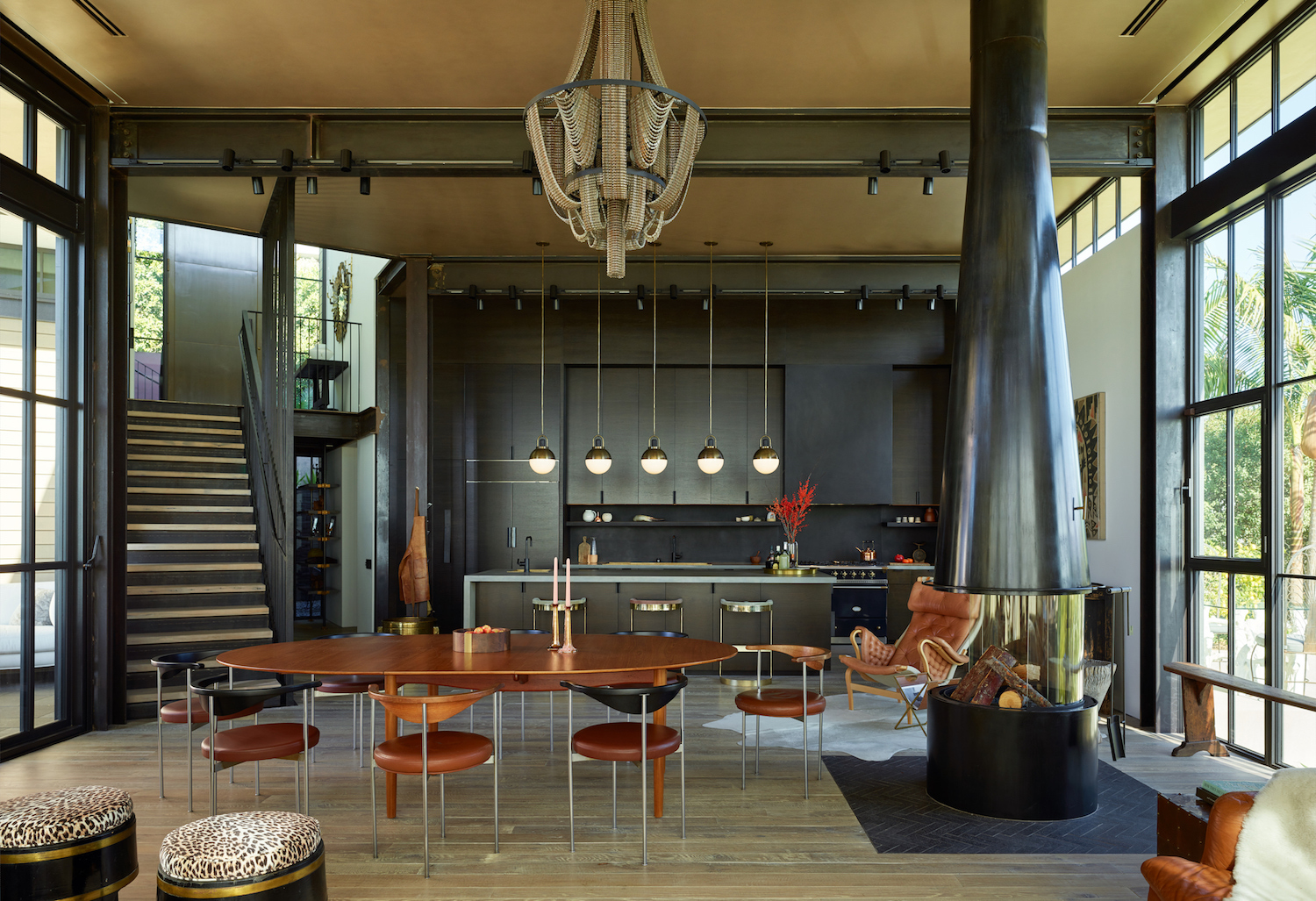
Author Frida Ramstedt endorses this client-centred approach to mixing and matching through home decor in her new book, The Interior Design Handbook.
“Is it possible to go ahead and mix different styles? The answer is yes! After all, you are the one making decisions.” Tollgård echoes this: “I encourage our clients to trust their instincts and to surround themselves with what they love and not concern themselves with getting it ‘right’.”
However, Ramstedt warns that “the more styles you mix, the greater the challenge when attempting to create a sense of unity.” And this is where the professional’s eye comes into play. She takes a scientific approach to the subject: “A straight mixture, half and half, rarely works. It’s better to let one style dominate and use another to spice it up a little. The more daring aspects of your taste should be expressed in the smaller details, such as the works of art or the lighting.”
When the aim is to bring a sense of unity to a number of different styles, Ramstedt suggests using “colour harmony, which, by introducing a common theme, will help connect the disparate parts”.
Webster takes this several steps further: “it’s particularly important to consider not only the tone of the room as a backdrop but each piece as part of the whole in terms of materiality, colour, shape, form, proximity to other items and dressing.”
Churchill believes that “the best look is when you’ve got older furniture but more modern pictures (rather than old pictures). It just gels, and looks more lived-in, more cosy, more you.”

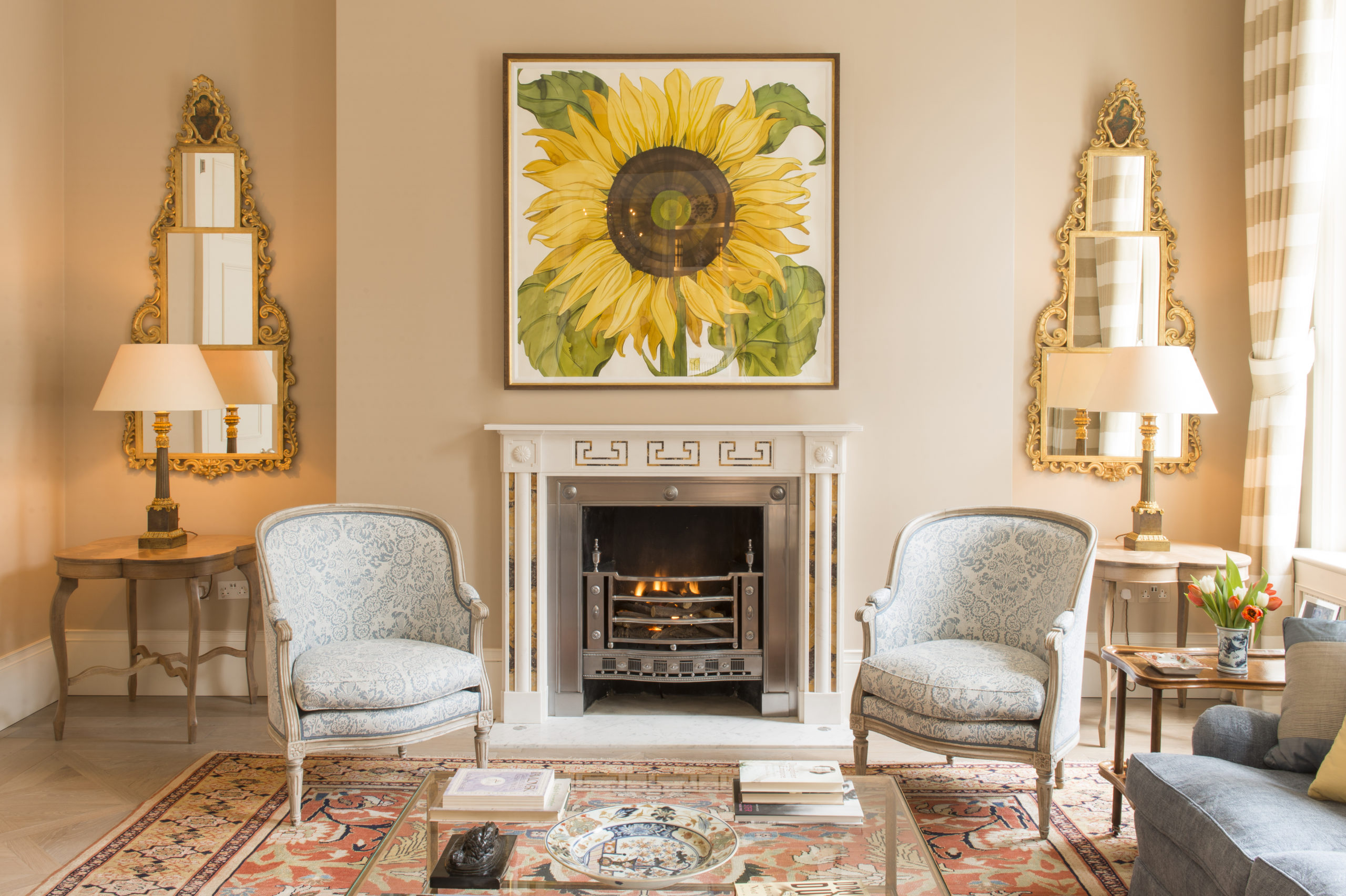
In fact, an environment full of furniture from just one period can really jar, some creatives believe. “I honestly feel that sticking to one era is more of what to avoid than the mixing of eras,” says Becker. “I’m not interested in living in a time capsule, and I’m not convinced that others are that interested in it either.”
Conversely, mixing it up can “create something timeless that avoids faddish trends – the more eclectic a space, the more it will transcend time,” Webster believes.
Hospitality chain Soho House has got this down to a tee. At Soho House Amsterdam, which is based in a former trading office dating from the 1930s, some of the furniture was ordered bespoke for the club, while others are antiques sourced from markets around The Netherlands.
Despite their keenness to mix up eras, some designers admit to having their own favourites. Tollgård believes that “pieces from the 1970s work very well with those from the 1950s, although perhaps it is the design styles rather than particular ages that make them work together.” She points out that architects through the ages, such as Gino Sarfatti, Gio Ponti, Juhl or Milo Baughman, “share design principles that transcend time”.
Webster thinks that mid-century and contemporary Scandinavian styles make good collaborators, particularly in “very contemporary interiors with clean lines and thin framed fenestration, such as that found in a lot of contemporary home extensions”.
He would also opt for mid-century furniture in Victorian houses, “because of the stark contrast between the ornate cornicing and architraves and the clean, engineered Modernist lines”. Likewise, “Rococo items work particularly well with mid-century and contemporary furniture for the same reason.”
So, even with age gaps of hundreds of years, if courage and care are mixed in equal parts, eclectic harmony can prevail.
Effect Magazine is brought to you by Effetto



